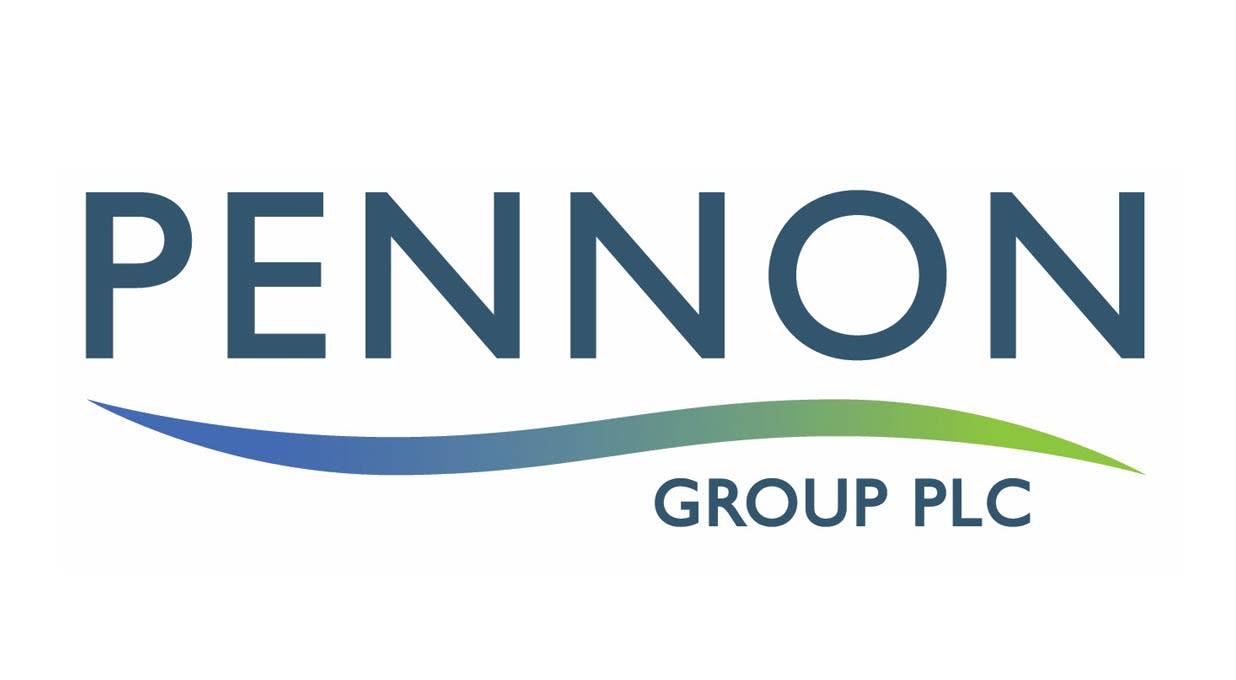In a short trading update, Pennon announced that its financial performance has been in line with management expectations. Second-half cash profits (EBITDA) were broadly on par with the first half (£143.3mn).
Capital expenditure over the second half has continued at the same pace as the first half. Over £1bn of investment programmes for the new regulatory period (2025-2030) are already underway.
To fund its record investment plans, Pennon raised around £1.3bn of cash last year through a combination of both debt and equity.
The shares fell 3.0% in early trading.
Our view
Pennon has kept the profit taps flowing, with second-half cash profits running broadly in line with the first half. But it seems investors were hoping for more from today’s short trading update, as the shares fell on the day.
In return for providing reliable water and wastewater services, the regulator allows Pennon to earn an acceptable financial return. Inflation-linked tariff increases were offset by customers' more conservative water usage last we heard. But as long as Pennon keeps delivering its contracted level of service, it should be able to recover this shortfall in future periods.
It's important to remember that Pennon's revenue and earnings power are linked to both inflation and its asset base, measured by Regulatory Capital Value (RCV). That provides Pennon with incentives to invest in its assets (which helps to deliver a good service to customers), as well as operate efficiently (which helps increase company earnings).
The group recently accepted the regulator’s price review, which will see customers’ bills rise by 23% in the five years to March 2030. In return for the increased allowed revenue, Pennon will have to spend £3.2bn upgrading its water network over the same period.
The forward prospective dividend yield of 6.3% is at the top end of the peer group, and payments are hoped to grow in line with inflation. Despite the ongoing investment projects, relatively reliable revenues mean we think the dividend looks sustainable to us currently, whilst also keeping debt levels in check. As always though, nothing is guaranteed.
While they’re putting demand on cash resources now, in the long run, these infrastructure projects are expected to be a net benefit. The acquisition of SES Water also helped boost RCV growth, which should further lift revenue in the years to come.
Water companies improving their environmental performance remains high on the public agenda. Pennon’s making good progress on this front, reducing its use of storm overflows year-on-year. While that’s a positive start, there’s still much further to go. And until water companies as a whole clean up their act, sentiment around the sector is likely to be muted, putting downward pressure on valuations.
Despite the challenges, we think Pennon looks well-placed to benefit if it can execute its long-term strategy. Regulatory pressure and some high-profile slip-ups mean it currently trades at a steep discount to its peer group, which we see as an opportunity. But it can take time for investor attitudes to change, and nothing is guaranteed.
Environmental, social and governance (ESG) risk
The utilities industry is high-risk in terms of ESG. Management of these risks tends to be strong, with European firms outperforming their overseas counterparts. Environmental risks like carbon emissions, resource use and non-carbon emissions and spills tend to be the most significant risks for this industry. Employee health and safety and community relations are also key risks to monitor.
According to Sustainalytics, Pennon’s management of ESG risk is strong.
It has a very strong health and safety programme, with zero fatalities among its employees and contractors over the last three years. However, Pennon has been fined for numerous unpermitted wastewater releases in recent years and has been heavily criticised by the regulator.
Pennon key facts
All ratios are sourced from LSEG Datastream, based on previous day’s closing values. Please remember yields are variable and not a reliable indicator of future income. Keep in mind key figures shouldn’t be looked at on their own – it’s important to understand the big picture.
This article is not advice or a recommendation to buy, sell or hold any investment.No view is given on the present or future value or price of any investment, and investors should form their own view on any proposed investment.This article has not been prepared in accordance with legal requirements designed to promote the independence of investment research and is considered a marketing communication.Non - independent research is not subject to FCA rules prohibiting dealing ahead of research, however HL has put controls in place(including dealing restrictions, physical and information barriers) to manage potential conflicts of interest presented by such dealing.Please see our full non - independent research disclosure for more information.


